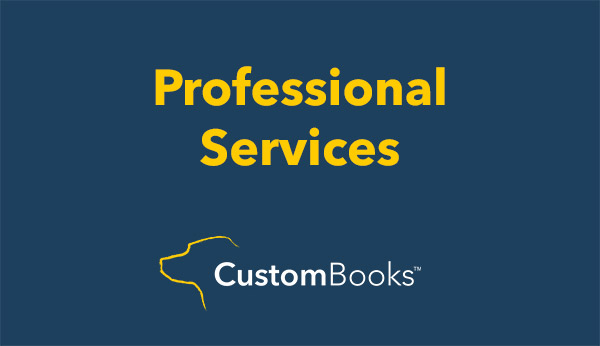Gross Margin Is Royalty: Why SMBs Must Track Tariff-Adjusted Inventory Costs
In Inventory-Based Businesses, Gross Margin Isn’t Optional—It’s Royalty
There’s an old saying in finance: “Cash is king.” But for SMBs managing physical products and distribution? Gross margin is royalty. And like any sovereign ruler, it demands attention—especially when tariffs come into play.
Most business owners know gross margin matters. But few realize how easily it can become distorted when tariff-adjusted landed costs aren’t tracked properly. If you're not calculating total cost—including freight, duties, and tariffs—at the SKU level, you're flying blind.
Why This Matters More Than Ever
Global supply chains are shifting. Tariff changes, fuel surcharges, and regional instabilities aren’t rare exceptions—they're part of the modern business landscape. That means your cost of goods sold (COGS) can swing dramatically. If you’re not adjusting inventory valuation accordingly, your reported gross margin is fiction.
“What you don’t want to do is sell without knowing what your gross margin is. In product and inventory distribution businesses, gross margin is royalty.”
— Kurt Kunselman, Co-Founder, CustomBooks™
What Most SMBs Miss: The True Landed Cost
Let’s break it down with a simple example Kurt used:
- You purchase an item for $100
- A new tariff adds $10
- Your true inventory cost is now $110
If you sell that item and base your margin on the original $100 cost, you’re overstating your profit—and mismanaging your business.
This isn’t just a spreadsheet error. It’s a strategic failure that can lead to poor pricing, faulty forecasts, and cash flow issues down the road.
The Core Problem: Margin Math Without Context
Most systems used by SMBs don’t tie inventory and accounting together in real-time. They rely on manual reconciliation and periodic adjustments. That’s where the margin gets lost:
- Tariff costs are buried in general ledgers
- Freight is lumped in bulk, not by SKU
- Inventory valuation doesn’t match real-world COGS
You think you’re operating at a 40% gross margin.
You’re actually at 28%.
That 12% difference? It’s the beginning of your margin erosion spiral.
The Solution: Accurate Landed Cost Tracking by SKU
CustomBooks was built to solve this exact problem. It gives product-based operators the tools to:
- ✅ Track landed cost per SKU, including tariffs and freight
- ✅ Update inventory layers as shipments arrive with different cost structures
- ✅ Generate real-time gross margin reports across locations and categories
- ✅ Sync inventory and accounting without error-prone double entry
When you know your margins by product, by order, by location—you stop guessing and start leading.
Real-World Impact: From Chaos to Confidence
Let’s say you import 1,000 units of a product before a tariff increase. Your cost is $100/unit. Then tariffs jump, and your next 1,000 units cost $110/unit.
If your system averages those to $105 and you’re pricing for a 30% margin, you’re pricing the old stock too low and the new stock too high—alienating customers and cutting profit.
CustomBooks lets you layer those costs and make better decisions:
- Keep older stock at competitive prices and maintain margin
- Prepare for costlier restock by modeling future COGS scenarios
- Communicate pricing changes to customers with transparency
Strategic Takeaway
Tariffs aren’t just line items. They’re operational pressure points. If your gross margin is miscalculated, your pricing, purchasing, and forecasting all suffer.
Gross margin is royalty.
Treat it like it rules your business—because it does.
And the only way to maintain its integrity is to track your true inventory cost—down to the penny, per unit, in real time.
📘 Want to Know Your Real Margins?
CustomBooks makes it simple to manage margin, forecast clearly, and scale with clarity.
📥 Download the No-Stress SMB Playbook 💬 Book a Demo with an Inventory Expert 🔍 Explore All Features 💼 View Pricing Plans

























